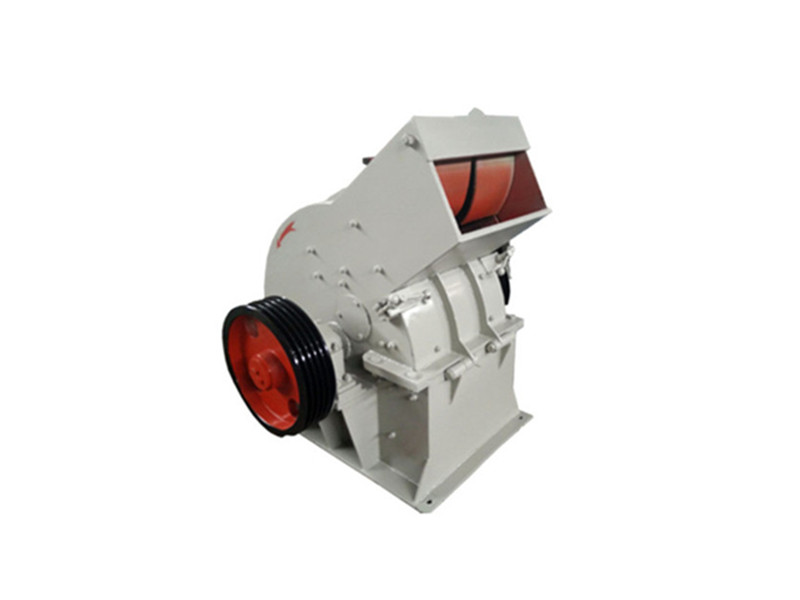Mail: htcrusher@hamachine.com
Telephone: 008618838076345
Links: YOUTUBE TWITTER FACEBOOK

In the competitive landscape of cement production, efficiency and performance are paramount. The Russian hammer crusher has emerged as a pivotal piece of equipment designed to enhance the efficiency of cement clinker production, offering numerous advantages over traditional crushing methods. This article delves into the features, benefits, and operational impacts of the Russian hammer crusher in this critical sector.
Understanding the Russian Hammer Crusher
The Russian hammer crusher is an advanced piece of machinery specifically engineered for the reduction of large materials into finer particles. Unlike conventional crushers that rely on compression or pressure, the Russian hammer crusher utilizes high-speed rotating hammers to crush material. These hammers swing with significant force, impacting the material and breaking it down into smaller pieces.
Key Features
1. High Efficiency: The design of the Russian hammer crusher allows for higher throughput rates, ensuring that more material can be processed in a shorter amount of time.
2. Versatility: It can handle a wide range of materials, including limestone, which is a primary raw material in cement clinker production.
3. Energy Efficiency: The optimized design reduces energy consumption, making it a cost-effective solution for cement plants.
4. Durability: Constructed from robust materials, the Russian hammer crusher is built to withstand the harsh conditions typically encountered in cement production environments.
5. Low Maintenance: Its simple yet efficient design translates to lower maintenance requirements, reducing downtime and operational costs.
Benefits in Cement Clinker Production
Improved Productivity
One of the most significant advantages of the Russian hammer crusher is its ability to enhance productivity in cement clinker production. By efficiently reducing the size of raw materials, it ensures a consistent supply of finely crushed material needed for the subsequent stages of the cement manufacturing process. This consistency leads to more reliable and predictable production outcomes.
Enhanced Quality Control

The precision of the Russian hammer crusher plays a crucial role in maintaining the quality of cement clinker. Finely crushed raw materials ensure better mixing and chemical reactions during the sintering process, resulting in higher quality clinker. This directly translates to improved strength and durability of the final cement product.
Cost Efficiency
Incorporating a Russian hammer crusher into cement production lines can lead to substantial cost savings. The energy efficiency of the machine reduces power consumption, while its low maintenance nature minimizes operational expenses. Additionally, the increased productivity allows for economies of scale, further driving down costs per unit of clinker produced.
Environmental Impact
Sustainable practices are increasingly important in industrial processes, and the Russian hammer crusher aligns well with environmental goals. Its energy-efficient operation reduces carbon footprint, and the precise control over material size helps in optimizing resource utilization, thereby minimizing waste.
Operational Considerations
Implementing a Russian hammer crusher requires careful consideration of several operational factors:
1. Material Characteristics: Understanding the properties of the raw materials being processed is essential for optimizing crusher settings and ensuring efficient operation.
2. Maintenance Schedules: Regular maintenance is crucial to keep the machine running smoothly and to extend its service life. This includes periodic inspections, lubrication, and timely replacement of worn-out parts.
3. Safety Protocols: Ensuring the safety of operators and maintenance personnel is paramount. Proper training and adherence to safety protocols help mitigate risks associated with operating heavy machinery.
4. Integration with Existing Systems: Seamless integration with other components of the cement production line is necessary for maximizing efficiency. This may involve upgrading conveyors, silos, and other related equipment to match the capabilities of the Russian hammer crusher.
Conclusion
The Russian hammer crusher represents a significant advancement in the field of cement clinker production. Its high efficiency, versatility, and cost-effectiveness make it an invaluable asset for cement manufacturers looking to enhance their operational performance and maintain a competitive edge. By investing in this innovative technology, companies can achieve higher productivity, better quality control, and substantial cost savings, all while contributing to more sustainable industrial practices. As the demand for high-quality cement continues to grow, the adoption of the Russian hammer crusher stands out as a strategic move towards achieving excellence in cement production.
Copyright © hengtong machinery Privacy Policy